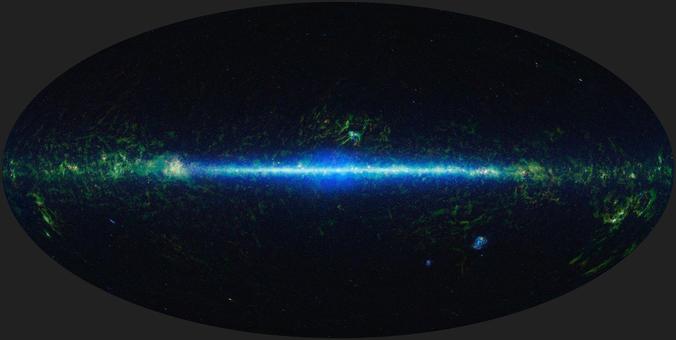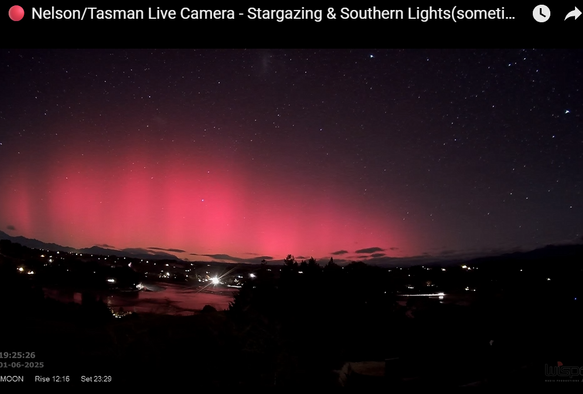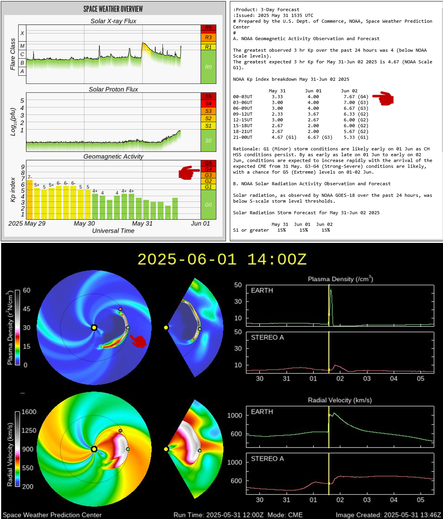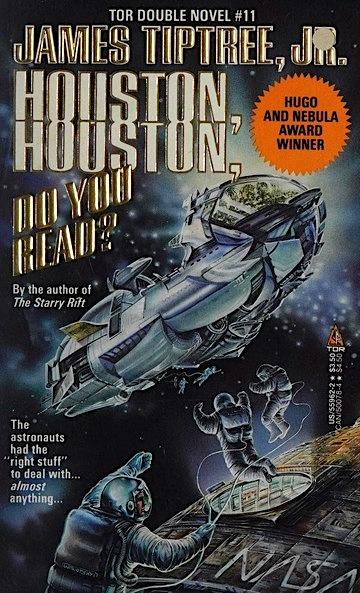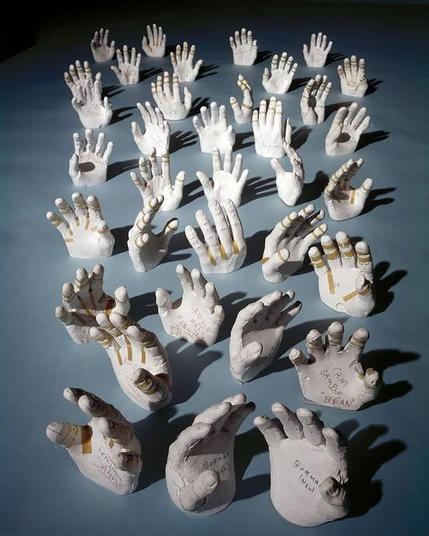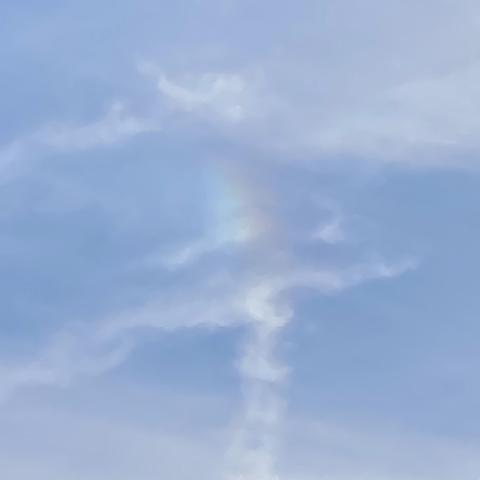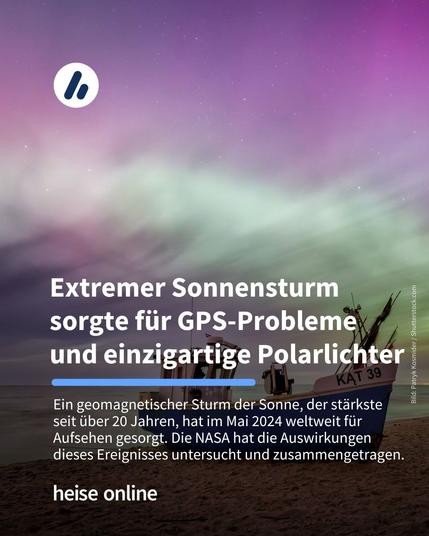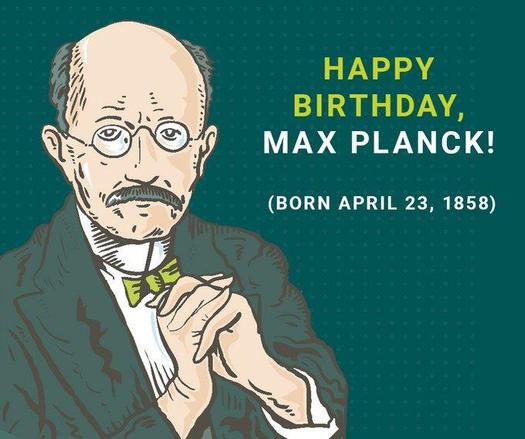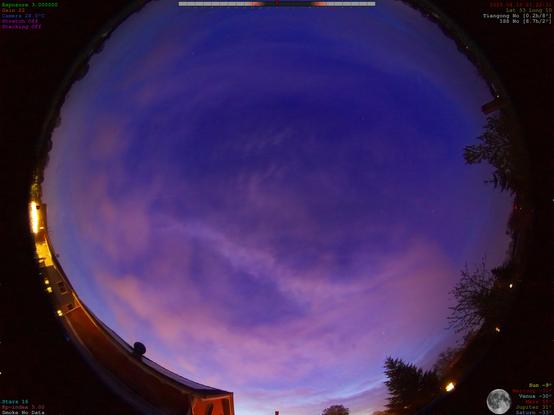Volksfest im Treptower Park: Was Albert Einstein damit zu tun hat
https://www.morgenpost.de/bezirke/treptow-koepenick/article409247052/volksfest-im-treptower-park-was-albert-einstein-damit-zu-tun-hat.html?utm_source=flipboard&utm_medium=activitypub
Editor, software, print, media & design. Berlin. Interested in astronomy when solar or lunar eclipses occur or comets come around…
Found: the most powerful explosions in the known universe.
"Extreme nuclear transients" likely happen when a massive star is shredded by a supermassive black hole. The black hole hides in gravitational darkness until it's silhouetted by the remains of its victim.
https://www.hawaii.edu/news/2025/06/04/biggest-explosion-since-big-bang/ #space #science #nature #astronomy
Smoking is cool. Smoke rings are cool.
Mount Etna puffs 'smoke rings' in rare display
https://www.bbc.co.uk/news/av/world-europe-68752290
Nature presents us with 80 "octaves" of light, of which humans can see exactly 1.
Bringing the other 79 octaves into view has taken two centuries of effort, but it has transformed our ability to sense our place in the cosmic order.
My new essay in Aeon magazine:
https://aeon.co/essays/william-herschels-sensors-let-us-see-the-invisible-universe #space #science #nature #tech
Space Weather
Geomagnetic Storm Alert:
A strong G3 geomagnetic storm is in progress.
Aurora is strengthening over New Zealand. Aurora is also starting to become visible over Missouri, USA.
@clever_reports Oh – stunning! Had to look it up and it’s a rare phenomenon.
Here is updated info from the NASA/NOAA SWPC on the intensity and timing of the geomagnetic storm about to hit Earth in the next 36 hours.
Peak Kp index of 7.67 (G4 level) is predicted around 00:00 UTC Monday Jun 2.
This might produce the strongest geo-mag storm of this year, but perhaps not as strong as the G5 storm on May 10, 2024, which produced a Kp index of 9 (the index is capped at 9).
See https://fosstodon.org/@AkaSci/112419221621159147 for info on the May 10, 2024 solar storm.
https://www.swpc.noaa.gov/communities/space-weather-enthusiasts-dashboard
3/n
@DavidBflower Your »final post on Mastodon«. Your'e leaving?
Sorry to read that and thanks for your marvellous photos and insights!
Ancient Chinese star chart dated to 2,300 years ago may be the oldest ever, challenging astronomy history
A new study has re-ignited academic debate over the origins of the world’s earliest star chart, placing an ancient Chinese manuscript—the Star Manual of Master Shi—at the forefront of world astronomical history. Using a cutting-edge artificial intelligence technique, researchers at the Chinese National Astronomical Observatories dated this manuscript to around 355 BCE, placing its origin over two centuries earlier than previously believed and making it the oldest star catalog ever discovered.
#China #starchart #archaeology
https://archaeologymag.com/2025/05/chinese-star-chart-may-be-the-oldest-ever/
Died this Day:
Alice Bradley Sheldon, better known as James Tiptree Jr. (born Alice Hastings Bradley; August 24, 1915 – May 19, 1987), was a multiple Hugo and Nebula winning American science fiction author.
https://en.wikipedia.org/wiki/James_Tiptree_Jr.
#Literature
#SciFi
#ScienceFiction
#books
#bookstodon
#coverart
#JamesTiptreeJr
#AliceBradleySheldon
Groups:
@books
@scifi
@Scifiart
@sciencefiction
Casts of Apollo astronaut hands for spacesuit glove construction (1968).
The sun unleashed two huge flares early Wednesday, one day after a NASA observatory captured a dramatic photo of a separate solar flare.
✍️ Denise Chow reports for NBC News: https://www.nbcnews.com/science/space/massive-solar-storm-causes-communications-blackouts-rcna206725
#NASA’s #Perseverance #Mars #Rover Spotted a #NorthernLights-Like Green Glow
Mars is known to have auroras — a glow normally produced when energetic particles from the sun strike a planet’s atmosphere. But they had been observed only by orbiting #spacecraft, and only in ultraviolet. But with the help of precise #space weather forecasting, NASA’s Perseverance rover and some persistence, a visible green #aurora was spotted on the Red Planet.
https://www.nytimes.com/2025/05/14/science/mars-aurora-northern-lights.html
https://archive.ph/F6ySN
Ein #Halo bzw. eine Nebensonne.
Erinnert ihr euch noch an den Sonnensturm im Mai 2024? 🌞 Die gute Nachricht, die Faxe in deutschen Behörden liefen trotzdem. 😅 Spaß beiseite: Die NASA hat nun die Folgen dieses gewaltigen Ereignisses zusammengetragen.
Happy birthday, Max Planck! 🎂The physicist, pianist, #NobelPrize winner, #quantum trailblazer & timeless thinker was born #OTD 1858 in Kiel: his discoveries in the field of #physics forever changed how we understand energy & matter!🎉
Just received a nice surprise. My picture of the Moon occulting the Pleiades is in the latest May issue of Astronomy Now magazine. #AstroDon #Astronomy #Astro #Space #Astrophotography
Polarlichter - KP-Index: 5
Zur Zeit nimmt meine Raspberry Pi HQ Kamera mit ihrem recht empfindlichen Sensor diese Polarlichter auf:
It’s not aliens… on March 29th, skywatchers in central Alaska were treated to a strange display, as a glowing orb crossed the sky. The source was the University of Fairbanks’ AWESOME (Auroral Waves Excited by Substorm Onset Magnetic Events) experiment, a series of suborbital rockets launched out of Poker Flats to study the aurora interaction with the thermosphere and atmospheric flow aloft. Here’s the Geophysical Institute’s write up on the project: https://storymaps.arcgis.com/stories/f8fb56929d444f71a1707660f74c26b2
